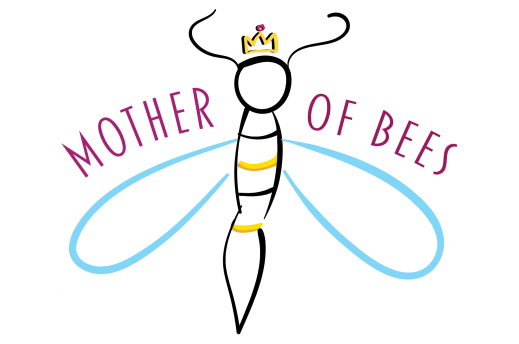Spinning Honey from Honeycomb in 2021

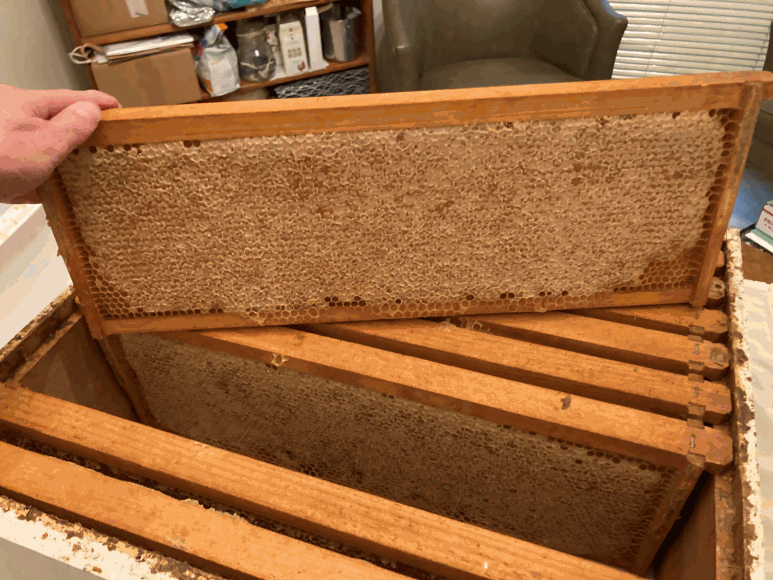 Happy Summer of 2021! It's mid-July and I am happily spinning honey from honeycomb with my hand-cranked honey
extractor, which handles two frames of honey at a time. Here's the process: You start with a fresh "super" of
honey. Beekeepers use "super" as a noun to designate the small boxes of frames that go above the bigger boxes
of frames that make up the hive body where the bees live. Supers are storage for the extra honey the bees gather
beyond what they've put aside in the hive-body boxes for getting them through winter. When we're sure they have
enough, we can harvest the extra from the supers.
Happy Summer of 2021! It's mid-July and I am happily spinning honey from honeycomb with my hand-cranked honey
extractor, which handles two frames of honey at a time. Here's the process: You start with a fresh "super" of
honey. Beekeepers use "super" as a noun to designate the small boxes of frames that go above the bigger boxes
of frames that make up the hive body where the bees live. Supers are storage for the extra honey the bees gather
beyond what they've put aside in the hive-body boxes for getting them through winter. When we're sure they have
enough, we can harvest the extra from the supers.
1. The bees have filled each cell of comb in the super with flower nectars, adding enzymes in the process, and allowed the nectar to dry and cure until it is honey, with a moisture content below 17 percent. When it's honey, they cap each cell with wax. So the first step to harvesting the honey is to lift the caps off with an uncapping tool or slice them off with a hot knife. There is honeycomb on both sides of these frames, so both sides need to be uncapped.
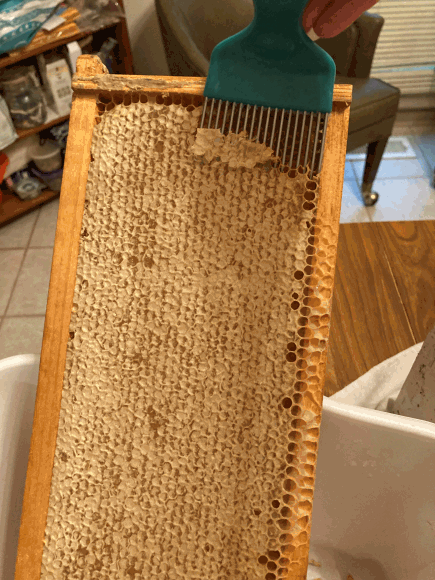
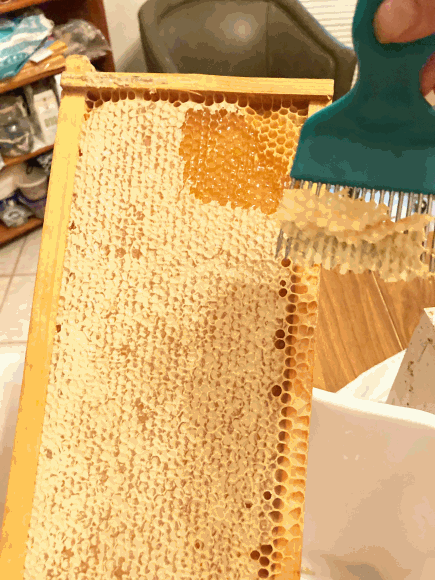
2. Once the caps are removed from both sides of two frames, the frames can be loaded into the two baskets of the honey extractor. Turning the crank at a pretty good clip — but not as fast as possible — does the best job of spinning out the honey without damaging the combs, so the bees can just fill them again without having to do a lot of wax repairs. After a minute or so of cranking, the frames are removed and replaced in the basket with the other sides out and spun for another minute. Then the empty frames go back into the super to await their return to the hive, and the next two frames get the uncapping treatment.
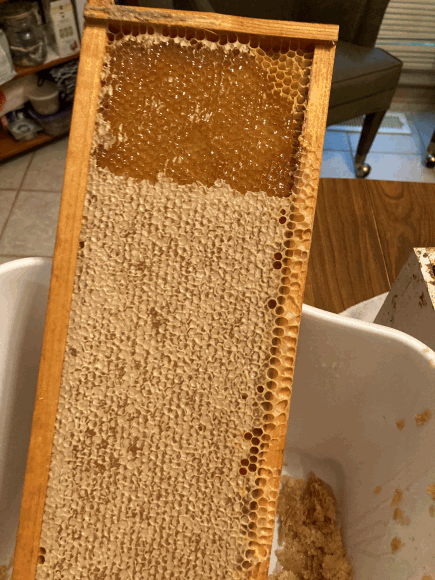
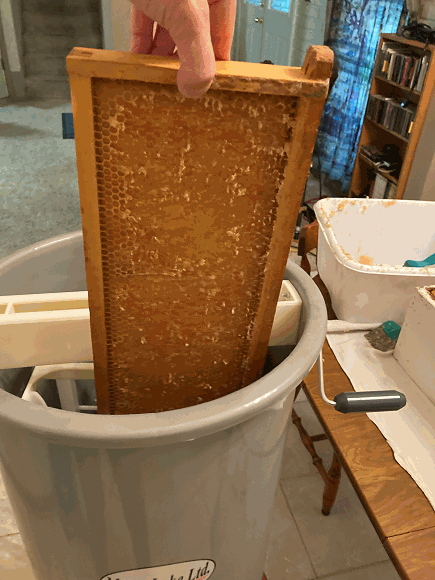
3. Meanwhile, the honey extracted from the first two frames is ready to flow out of the now-opened honey gate on the extractor and through a sieve into a food-grade plastic bucket. The sieve catches the stray bits of wax and is the only "processing" honey needs. The bucket has its own honey gate, and the nectar of the gods that flows through that gate goes directly into jars for gifting or selling to family and friends.
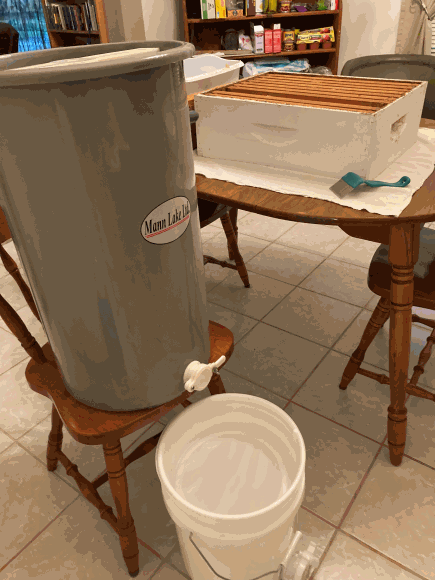
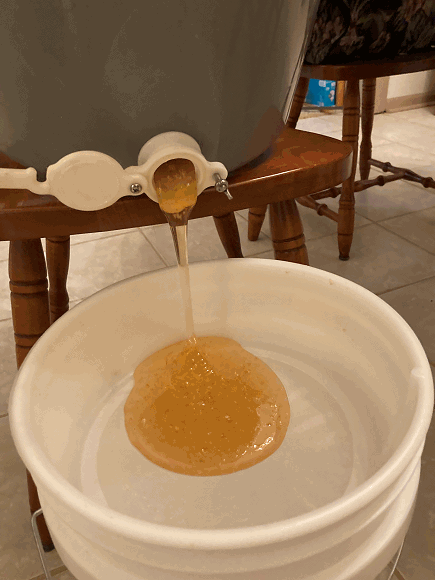
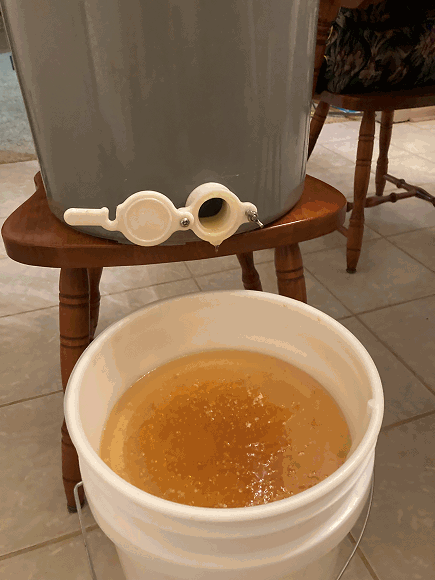
— Mary de Zutter Barron, Kansas City, Missouri, July 11, 2021
.
